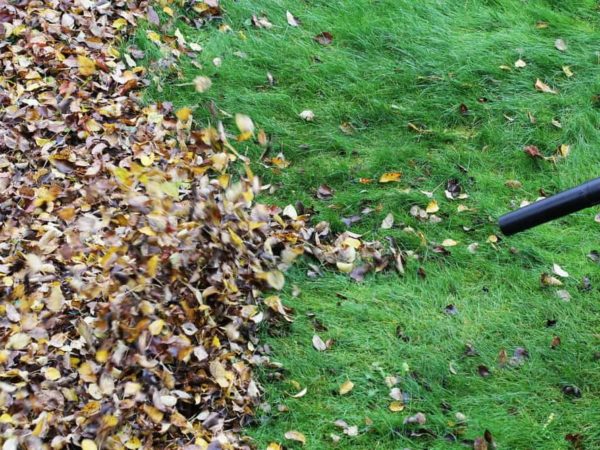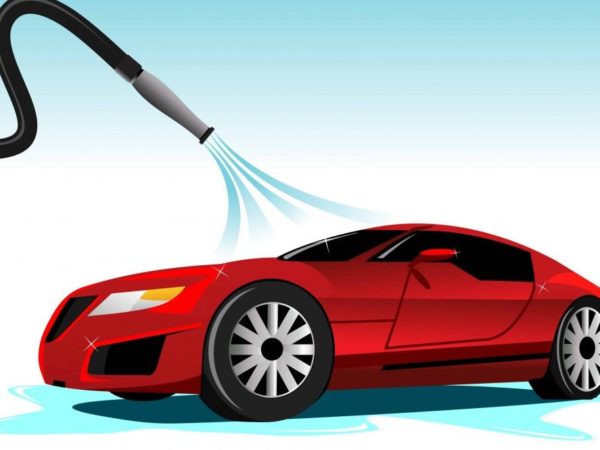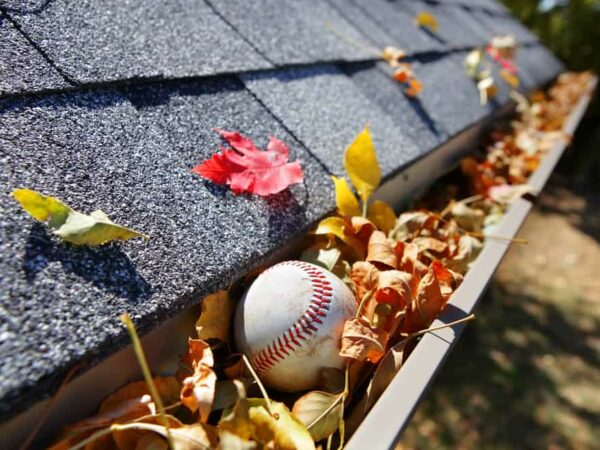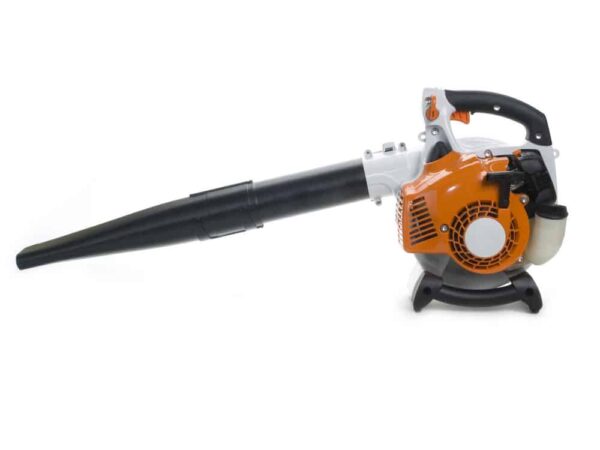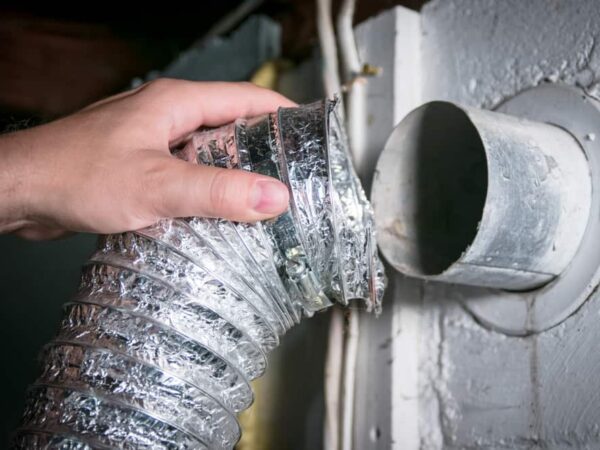When the fall rolls around again and it’s time to break out the rake to keep that carpet of leaves on your lawn in check, you might start thinking about investing in a good leaf blower. These tools power through leaf clearing, allowing you to keep your yard clean and tidy year round.
Leaf blower vacuums are much more practical than the humble rake, but they are also a lot more complicated. How does a leaf blower work? This is an important question if you’re looking to buy one – or even if you have one and want to keep it properly maintained – so here, we bring you all the answers you need.
If you want a preview, here’s a video that covers many of the points we’ll be discussing.
Table of Contents
The basics of how a leaf blower works
Let’s start with the basics since all leaf blowers are based on the same fundamental principles.
Leaf blowers all rely on the concept of centrifugal force – that is, the force directed from the center toward the edge of a spinning object.
You know those fairground rides that spin round and make you stick to the wall? They work due to centrifugal force, and that’s how leaf blowers function too.
Inside a leaf blower is a fan with spinning blades, also known as the compeller. As the compeller spins, it sucks in air through a vent in the back of the leaf blower and forces it down a funnel.
Since the funnel is narrow, as the air is forced down the funnel, it speeds up, reaching speeds of up to 250mph in some models – we’ll be talking about what this measurement means in a moment.
This air traveling at high speeds is then blasted out the end of the funnel with enough force to blow leaves around your garden, and that, in essence, is how a leaf blower works.
Power Source Types of Leaf blower
How is the fan powered? There are two basic ways the fan in a leaf blower is powered, by gas or by electricity. Gas models can be divided into 4 cycle leaf blower and 2-cycle version while electric ones are either battery powered leaf blower or corded model.
Each type has different advantages and disadvantages, but the basic idea is the same – the leaf blower uses either gas or electricity to power the fan, which in turn produces the flow of air that blows your leaves.
Gas-powered models tend to produce more power, meaning they are generally more suited for heavy-duty jobs. However, they are also usually heavier and noisier and also cause more pollution due to the emissions they produce.
They come as either handheld model or as backpack leaf blower. They are suitable for home use, especially if you have a larger area of land to take care of, but they are also the most common choice for commercial-grade leaf blowing operations.
Electric models are lighter, quieter and kinder to the environment. However, they don’t offer the same amount of power as the most powerful gas-powered models. They are suitable for casual home users who have small to medium-sized properties to keep tidy.
Measuring power and effectiveness
There are several ways to measure how powerful a leaf blower is. For gas leaf blower, the power of the engine is measured in ccs, which describes the volume of cylinder displacement. The higher the cc rating, the more powerful the engine that powers the blower.
However, when selecting a blower for your yard, bear in mind that higher ccs also equates to higher fuel consumption, so buying one that is more powerful than you need will cost you more in the long run.
The power of electric blowers is measured in watts or amps. Just like with gas ones, a higher rating means more power.
However, this isn’t the whole story since a powerful engine or motor doesn’t necessarily give you better performance – another thing you need to look at is air speed. This rating is a measurement of how fast the air is traveling when it comes out of the blower.
But even this alone is not everything. You also have to look at the volume of air an air blower can move. This is because a blower that produces a very high air speed but without moving a large volume of air will not be very effective at blowing leaves.
To see how much air a blower can move, you need to look at the CFM rating – which stands for Cubic Feet per Minute.
A high-performance blower will have a combination of a powerful engine or motor, a good wind speed rating and a large CFM capability.
Vacuuming, mulching, and shredding
Some models can also be used to vacuum up leaves, and the mechanism is usually the same. The only difference is that the direction of the air is reversed to suck rather than blow. These leaves are then either sent directly to a bag or shredded for mulch.
There are two ways in which leaves are shredded for mulch. The most common way is that the fan or compeller doubles as the chipper shredder and chops the leaves up as they pass through it.
However, this risks the fan being damaged if something hard is sucked up with the leaves, and some models incorporate shredding lines instead.
When the leaves are ejected from the machine, they are collected in a bag, and when choosing a leaf blower, you will also need to pay attention to the mulching or shredding ratio.
This refers to how small the leaves are shredded, so for example, if ten bags of unshredded leaves can be reduced to the size of one bag of mulch, the ratio will be 10:1.
Leaves that are shredded and collected in a bag can then be added to your compost pile or spread directly over your garden as mulch, according to your requirements.
An invaluable garden tool
When the leaves begin to drop from the trees, a leaf blower is an invaluable piece of kit. It will allow you to keep your garden tidy and leaf-free with a minimum of fuss. As long as you understand the basics of how leaf blowers work, you can choose the best one for your requirements – and keep it in good working condition for many seasons to come.
Don’t forget to pin it!








